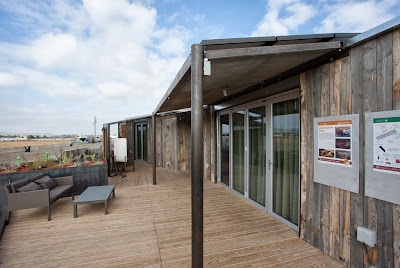Waking up to the Solar Power Tower Threat

As BrightSource Energy began to bulldoze approximately 5.6 square miles of pristine desert to build its Ivanpah Solar power project, we quickly learned the impact on terrestrial species - rare wildflowers, long-lived yucca plants, and desert tortoises were displaced or killed. Now that the Ivanpah Solar project is powering on, thousands of mirrors focusing the sun's rays at three towers have burned or battered dozens of birds in the first couple of months of becoming operational. Chris Clarke with KCET's ReWire has been reporting on the troubling new trend - dead birds being found after colliding with mirrors or burning to death in super-heated air over the project. We need to replace fossil fuels with renewable energy, but we need to do so in a way that minimizes (not expands) the human threat to ecosystems and wildlife. The vast majority of BrightSource Energy's negative impacts on wildlife could have been avoided if we invested more in solar panels on rooftops, o





